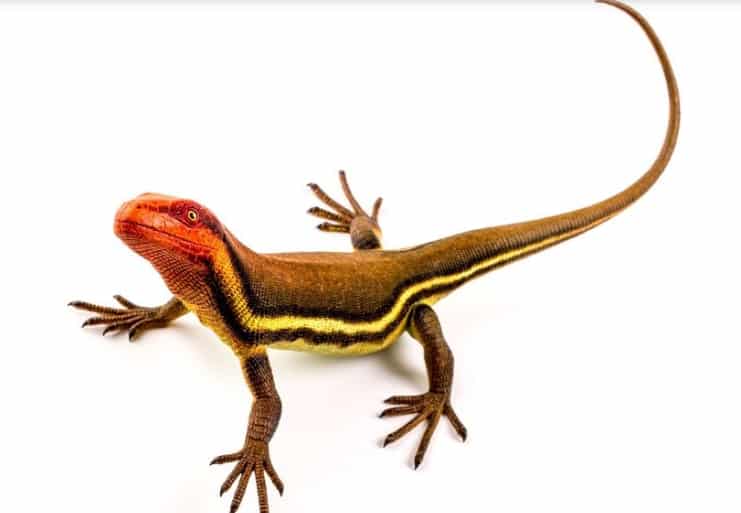
Tiny Animals Trapped in Fossil Trees Help Reveal How Fauna Moved Onto Land
by Hilary Maddin The Conversation Smithsonian.com
Over 150 years ago, geologist Sir William Dawson made an astounding discovery in the Joggins Cliffs, along the shores of Nova Scotia’s Bay of Fundy. Within the lithified remains of a giant tree-like fern were the bones of a tiny, 310 million-year-old animal.
This animal was unlike any other seen thus far. It was able to venture where no vertebrate (back-boned) animal had ventured before, deep into the lycopsid forests, away from the water’s edge. This was all thanks to an evolutionary innovation: the amniotic egg.
Although animals had previously ventured onto land in the earlier Devonian Period, animals with an amniotic egg—such as modern reptiles, birds and yes, even mammals—do not need to return to the water to reproduce, as modern amphibians still do. The amniotic egg is a self-contained pond, where the embryo and all its food and waste are stored surrounded by a protective, desiccation-resistant shell.

Carol graduated from Riverside White Cross School of Nursing in Columbus, Ohio and received her diploma as a registered nurse. She attended Bowling Green State University where she received a Bachelor of Arts Degree in History and Literature. She attended the University of Toledo, College of Nursing, and received a Master’s of Nursing Science Degree as an Educator.
She has traveled extensively, is a photographer, and writes on medical issues. Carol has three children RJ, Katherine, and Stephen – one daughter-in-law; Katie – two granddaughters; Isabella Marianna and Zoe Olivia – and one grandson, Alexander Paul. She also shares her life with her husband Gordon Duff, many cats, and two rescues.
ATTENTION READERS
We See The World From All Sides and Want YOU To Be Fully InformedIn fact, intentional disinformation is a disgraceful scourge in media today. So to assuage any possible errant incorrect information posted herein, we strongly encourage you to seek corroboration from other non-VT sources before forming an educated opinion.
About VT - Policies & Disclosures - Comment Policy




That’s an interesting discovery. Lots had happened to these animals over the million of years.
Comments are closed.